A trip to Ireland’s countryside
Visiting Ireland without a trip to Ireland’s countryside is not a complete visit. With its rolling green hills, quaint villages, and stunning coastal views, the Irish countryside is a true gem.
Visiting Ireland without a trip to Ireland’s countryside is not a complete visit. With its rolling green hills, quaint villages, and stunning coastal views, the Irish countryside is a true gem.
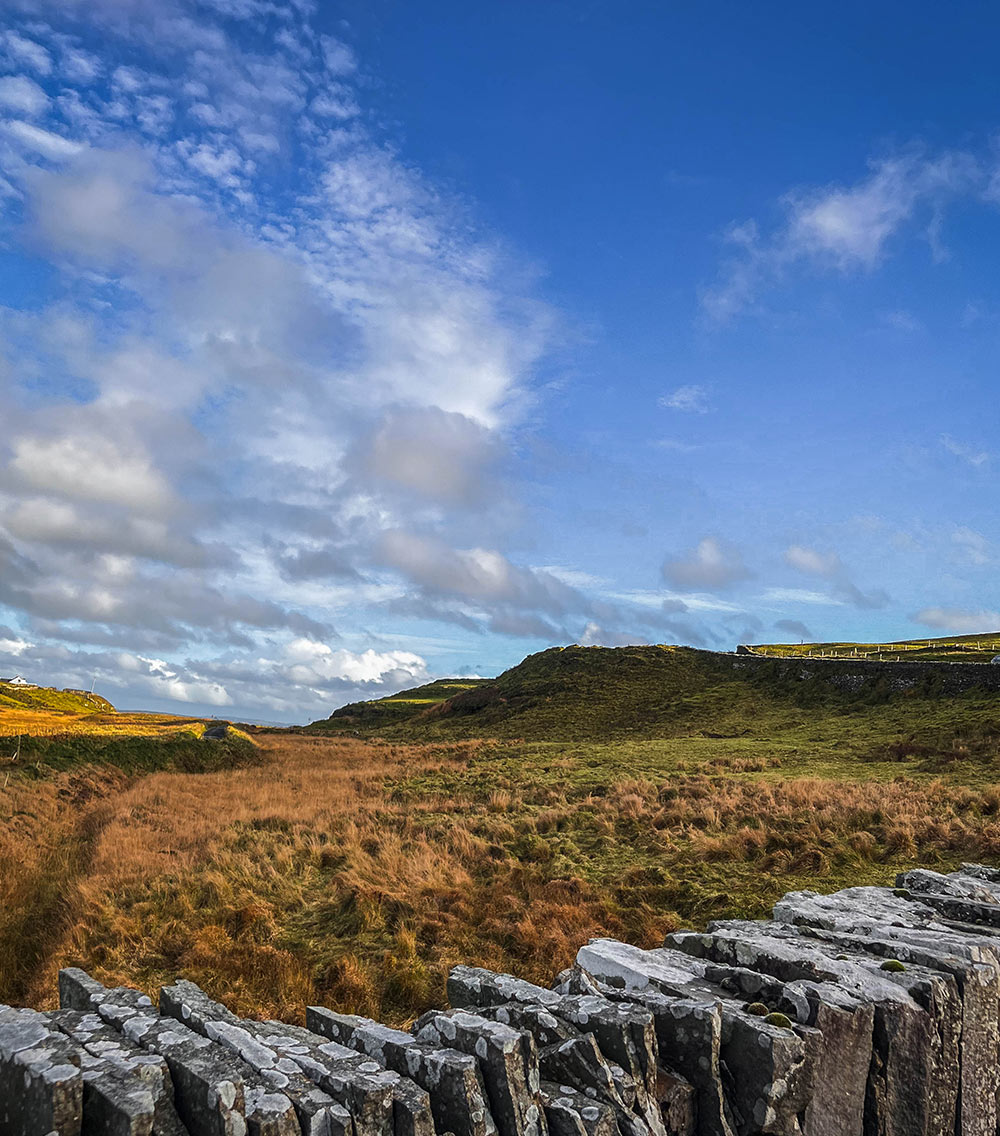
One of the best ways to experience the beauty of the Irish countryside is by taking a drive through the countryside. As you wind your way through the narrow roads and over the hills, you’ll be treated to breathtaking views of the landscape. You might spot a herd of sheep grazing in a field or a group of Irish cows basking in the sun.
As you explore the countryside, be sure to stop at some of the charming villages scattered throughout the region. These villages are often home to traditional pubs, cozy bed and breakfasts, and charming storefronts. Many of these villages also host local festivals and events, so be sure to check out what’s happening during your visit.
If you’re a fan of the outdoors, you’ll love the numerous hiking and biking trails that crisscross the Irish countryside. Whether you’re looking for a leisurely walk or a more strenuous hike, there’s a trail to suit every skill level. And if you’re a water lover, you’ll want to check out some of the beautiful coastal areas in the Irish countryside. From rugged cliffs to sandy beaches, there’s no shortage of stunning views to enjoy.

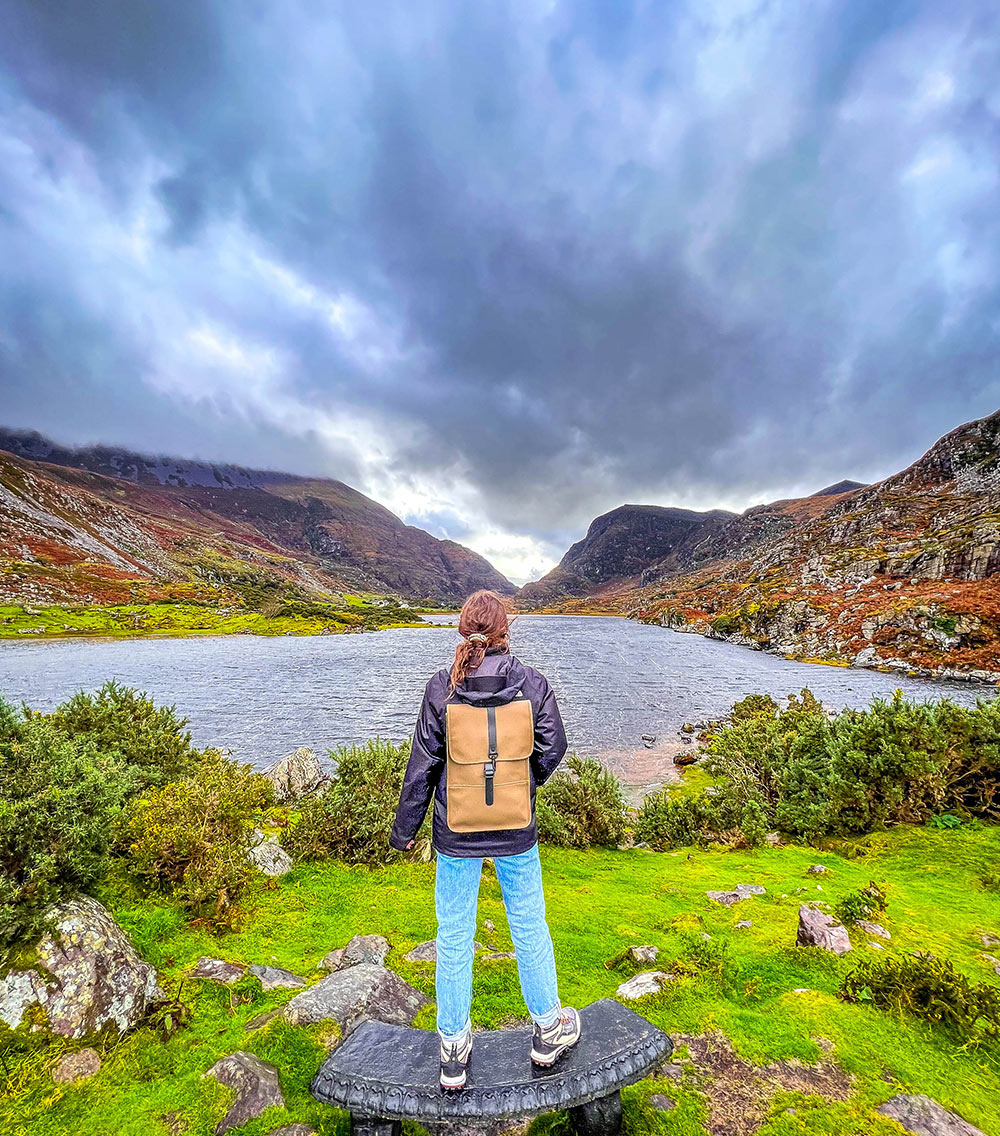
The Ring of Kerry is a scenic drive in County Kerry, Ireland, which encompasses a 179-kilometer (111-mile) circular route around the Iveragh Peninsula. The route takes visitors through a variety of landscapes, including mountains, lakes, and coastlines, and passes through several small towns and villages. Some of the highlights of the Ring of Kerry include the Gap of Dunloe, Molls Gap, the Black Valley, and the town of Kenmare.
The drive can be done in one day, but many people choose to take their time and stop at various points along the way to explore and enjoy the scenery. There are also many walking and hiking trails in the area that offer the opportunity to experience the beauty of the region on foot.
In addition to its natural beauty, the Ring of Kerry is also rich in history and culture. There are several ancient monuments and sites of interest along the route, including the Iron Age fort at Cahergal and the medieval castle at Ross Castle. The region is also home to a number of traditional Irish music and dance festivals, including the Puck Fair and the Kenmare Bay Traditional Music and Folklore Festival.
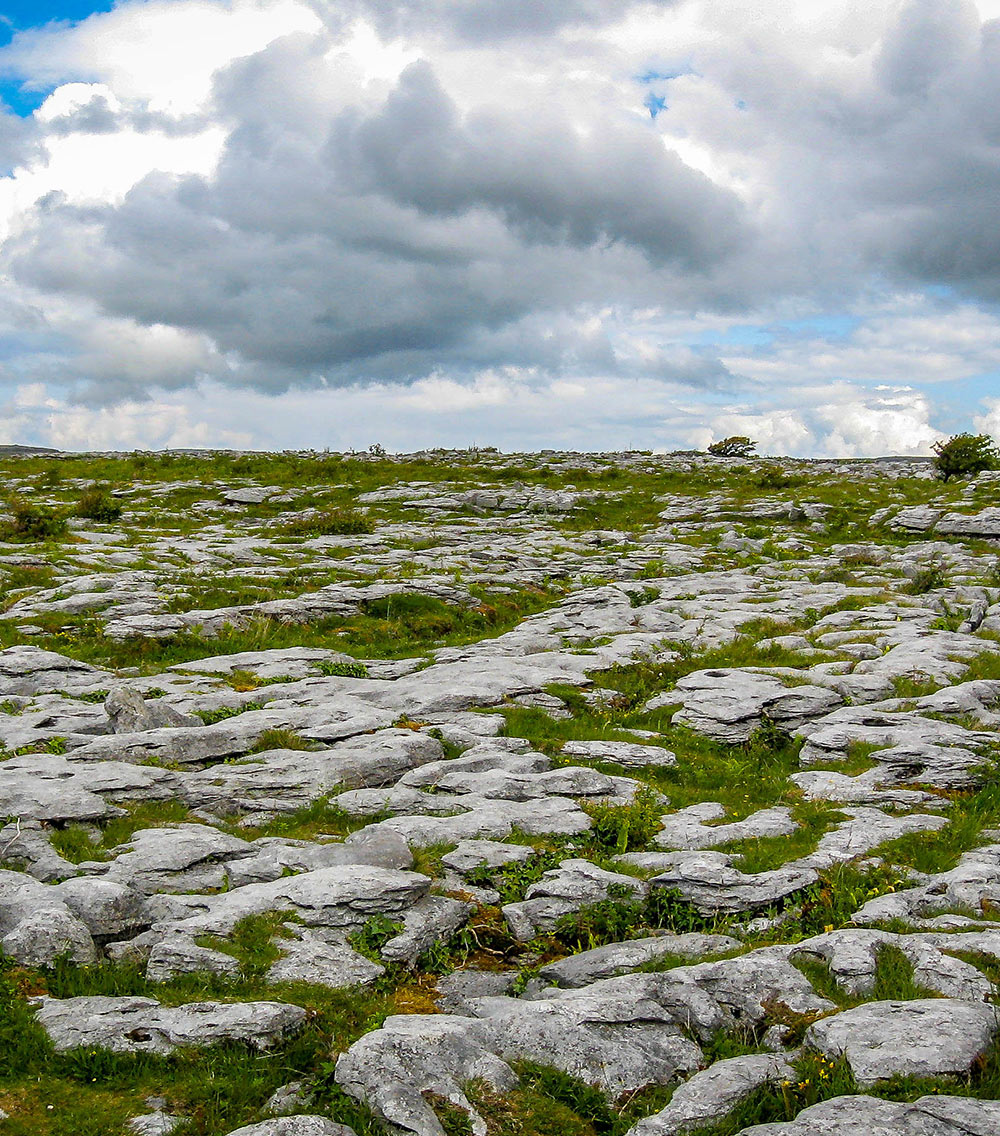
The Burren is a region in County Clare, Ireland, known for its distinctive landscape and rich history and culture. The region is characterized by a karst landscape, with a rocky terrain and a lack of soil, which supports a unique and diverse array of flora and fauna. The Burren is home to over 70% of Ireland’s native plant species, including several species that are rare or endangered.
The Burren has a long and varied history, with evidence of human habitation dating back to the Neolithic period. There are numerous ancient monuments and sites of interest in the region, including megalithic tombs, standing stones, and ring forts. The Burren is also home to a number of historical landmarks, such as the 15th-century castle at Ballyportry and the ruins of Corcomroe Abbey.
It is also known for its cultural and artistic traditions. The region is home to a number of traditional Irish music and dance festivals, as well as a thriving arts scene, with galleries and studios showcasing the work of local artists.

The Wild Atlantic Way is a long-distance coastal driving route in Ireland that stretches from County Donegal in the north to County Cork in the south, covering a distance of over 2,500 kilometers (1,500 miles). The route takes visitors along the Atlantic coast of Ireland, offering breathtaking views of the ocean, cliffs, and islands, as well as passing through a number of small towns and villages.
The Wild Atlantic Way is divided into five regions: Donegal, Sligo and Leitrim, Mayo and Galway, Clare and Limerick, and Kerry and Cork. Each region has its own unique character and attractions, with a wide range of activities and experiences on offer. Some of the highlights of the Wild Atlantic Way include Slieve League Cliffs, the Cliffs of Moher, the Aran Islands, the Ring of Kerry, and Kinsale.
The Wild Atlantic Way is also rich in history and culture. There are numerous historical landmarks and sites of interest along the route, including castles, abbeys, and ancient monuments. The region is also home to a number of traditional Irish music and dance festivals, as well as a thriving food and drink scene, with many local producers offering tastings and tours.
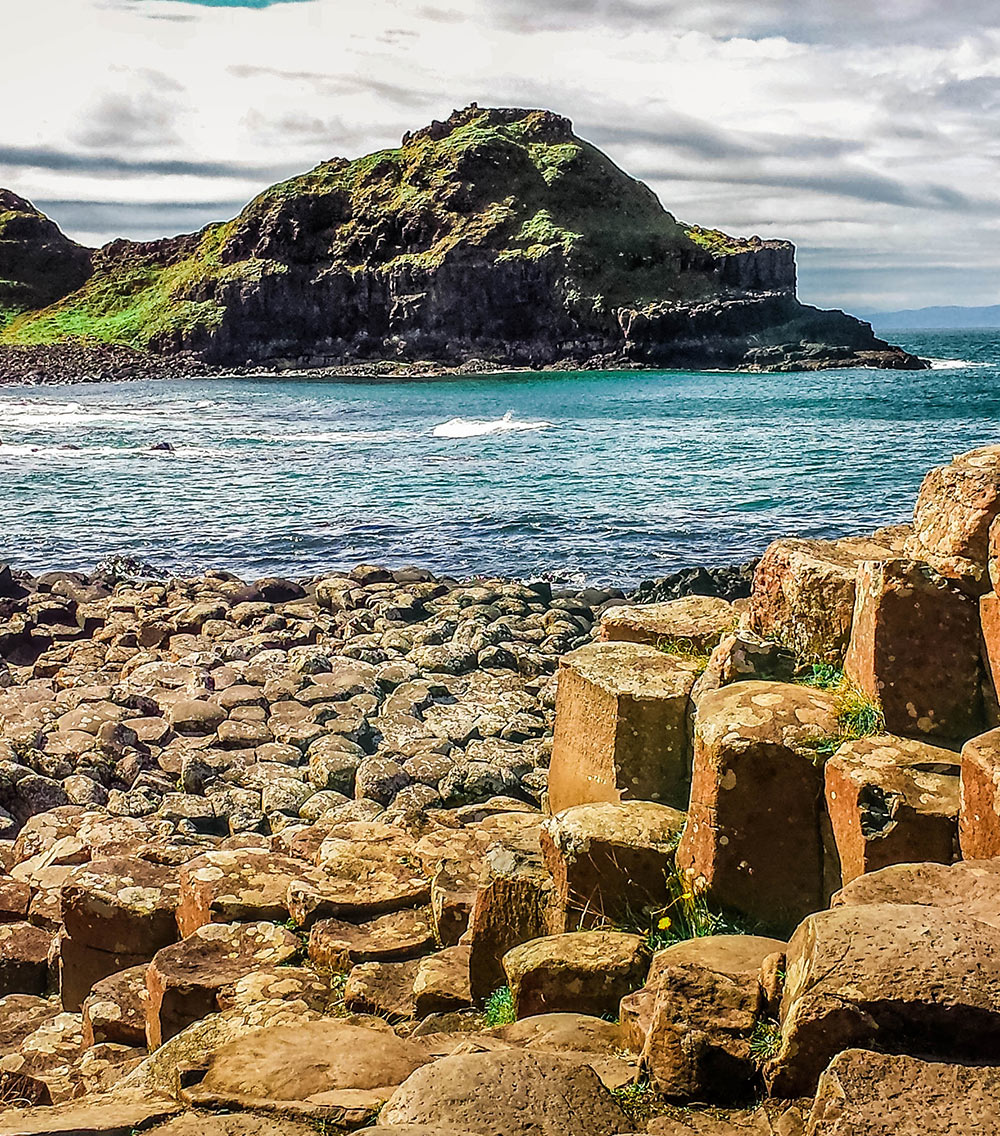
The Causeway Coast is a region located in County Antrim, Northern Ireland, along the Atlantic coast. It is known for its stunning natural beauty, with a rugged coastline, sandy beaches, and a number of iconic landmarks, including the Giant’s Causeway, a UNESCO World Heritage Site.
The Causeway Coast is a popular destination for tourists, with a wide range of activities and attractions on offer. Some of the highlights of the region include the Giant’s Causeway, a geological formation of interlocking basalt columns; the Carrick-a-Rede Rope Bridge, a popular spot for viewing the coast; and the Old Bushmills Distillery, the oldest operating whiskey distillery in Ireland.
The region is also home to a number of traditional Irish music and dance festivals, as well as a thriving food and drink scene, with many local producers offering tastings and tours.

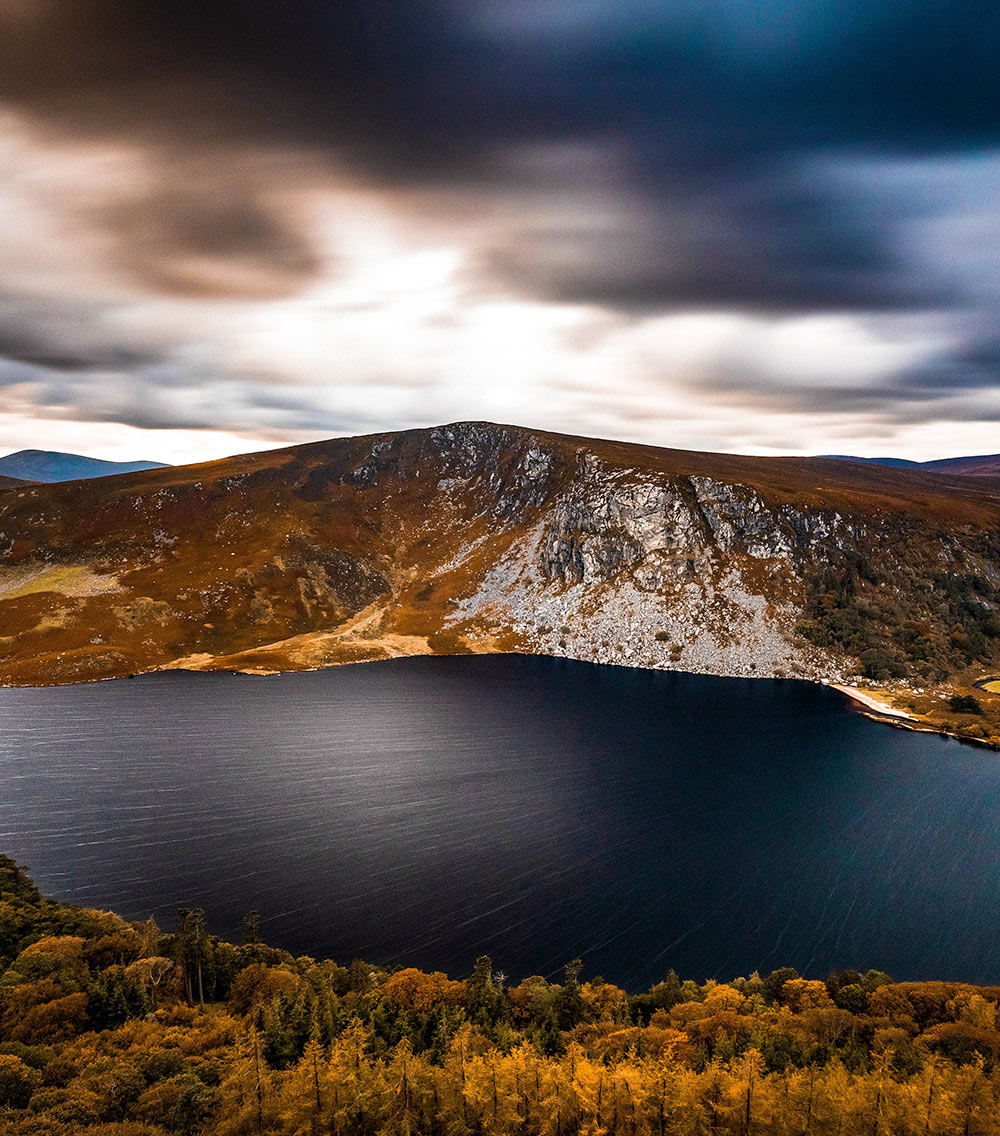
The Wicklow Mountains are a mountain range located in County Wicklow, Ireland. The range is part of the Leinster Chain, a series of mountains that runs through the east of Ireland. The Wicklow Mountains are home to a number of peaks, including Lugnaquilla, the highest mountain in the range, which stands at 925 meters (3,035 feet) above sea level.
The Wicklow Mountains are known for their natural beauty, with a mix of rolling hills, forests, and waterways. The region is home to a number of national parks and protected areas, including the Wicklow Mountains National Park and the Glen of Imaal, which offer a range of outdoor activities, such as hiking, biking, and horseback riding.
The Wicklow Mountains are also rich in history and culture. The region is home to a number of ancient landmarks, including the monastic site of Glendalough and the medieval castle at Powerscourt. The Wicklow Mountains are also home to a number of traditional Irish music and dance festivals, as well as a thriving food and drink scene, with many local producers offering tastings and tours.
The best time to visit Ireland’s countryside depends on you. Of course, there is a number of factors that you can consider.
Weather: Ireland has a temperate climate, with average temperatures ranging from about 8°C (46°F) in winter to 20°C (68°F) in summer. The weather can be unpredictable, with rain and clouds common throughout the year. If you prefer warmer weather and longer days, summer (June-August) might be the best time to visit. If you don’t mind cooler temperatures and shorter days, spring (March-May) and autumn (September-November) can be good times to visit, as the crowds are generally smaller and the scenery can be beautiful.
Festivals and events: Ireland has a number of festivals and events throughout the year, including traditional Irish music and dance festivals, food and drink festivals, and cultural events. If you’re interested in attending any specific festivals or events, you may want to plan your trip around them.
Crowds: Ireland is a popular tourist destination, and the crowds can be heavier in the summer months. If you prefer to avoid the crowds, you may want to consider visiting in the shoulder seasons (spring and autumn) when the weather is still pleasant and the crowds are generally smaller.


The cost of a trip to Ireland can vary depending on a number of factors, including the time of year you visit, your travel style, and the types of activities and experiences you want to have.
In general, Ireland is not a particularly expensive destination compared to other European countries. Accommodation and transportation costs are generally reasonable, and there are many budget-friendly options available, such as hostels and budget hotels, as well as public transportation and car rental.
However, there are some things that can add to the cost of a trip to Ireland. For example, eating out can be expensive, especially in the cities. Attractions and activities, such as tours and experiences, can also add to the cost of your trip.
Overall, the cost of a trip to Ireland will depend on your individual travel style and budget. It is possible to visit the country on a budget by choosing budget-friendly accommodation and transportation options, and by being mindful of your spending on food and activities. However, if you are looking for a more luxurious experience, the cost of your trip will likely be higher.
Ireland is a sovereign nation and a separate country from the United Kingdom, and as such, it requires a passport for entry.
If you are a citizen of the United States, you will need a valid passport to enter Ireland. Your passport should be valid for the duration of your stay in Ireland, and you should have at least one blank page available for entry and exit stamps. More info in the official site.
If you are a citizen of a country other than the United States, you should check with the Irish embassy or consulate in your home country for specific entry requirements. Some countries may also require a visa to enter Ireland, in addition to a passport.
If you are traveling to Ireland from a country outside the Eurozone, you will need to exchange your currency for Euros in order to make purchases. You can exchange currency at banks, currency exchange offices, and some larger hotels. It is a good idea to exchange a small amount of cash before you leave home in case you need it for incidentals or in case you have difficulty finding a place to exchange currency upon arrival.
In addition to cash, you can also use credit and debit cards in Ireland to make purchases and withdraw cash from ATMs. Most businesses and restaurants accept major credit cards, such as Visa and Mastercard, and ATMs are widely available throughout the country.
It is a good idea to have a mix of cash and cards when traveling to Ireland, as this will give you flexibility and ensure that you have access to funds when you need them.
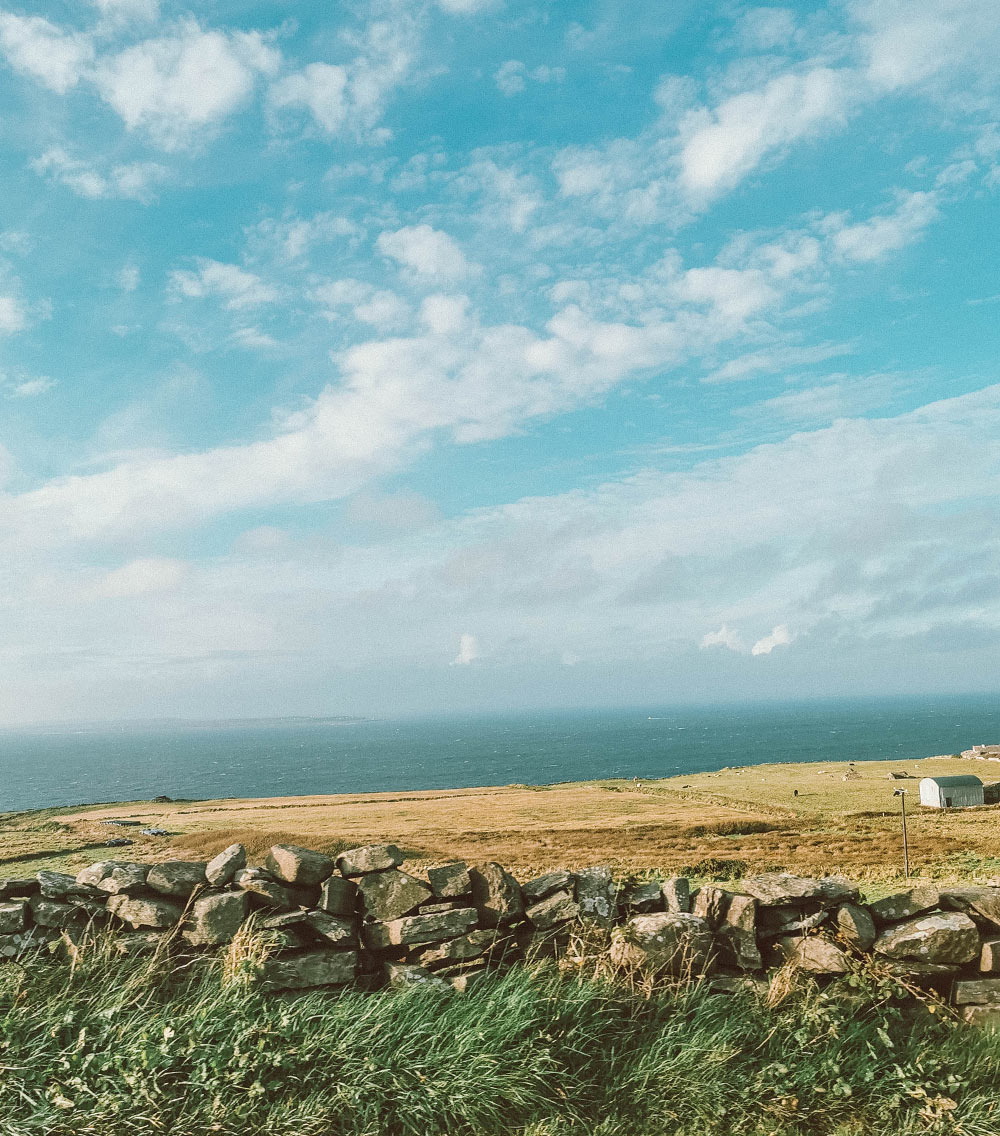
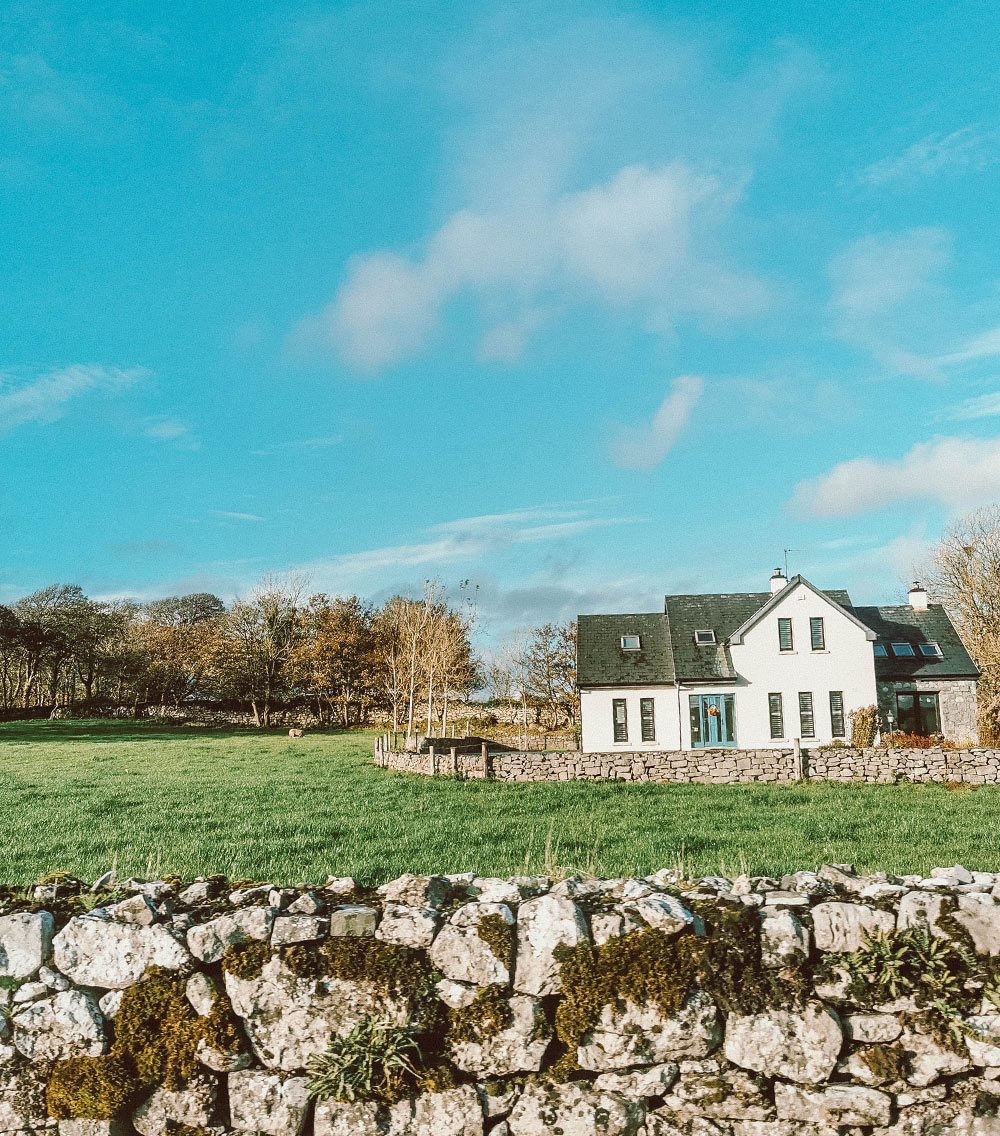
Consider what you want to get out of your trip and plan your itinerary accordingly. Look into the types of activities and attractions that are available in the region you plan to visit and make sure you allocate enough time to see and do the things you are most interested in.
Accommodation can be in high demand during peak tourist season, so it is a good idea to book your accommodation in advance to ensure you have a place to stay. Consider staying in a small town or village to get a more authentic and immersive experience of the countryside.
Renting a car is a convenient way to explore the countryside at your own pace. Just be sure to familiarize yourself with the rules of the road in Ireland, which are different from those in some other countries.
Ireland’s countryside is home to a number of protected areas and national parks, and it is important to respect the natural environment and follow Leave No Trace principles when visiting these areas.
The countryside is home to a number of local producers, and it is a great opportunity to try some of the country’s unique and delicious food and drink.





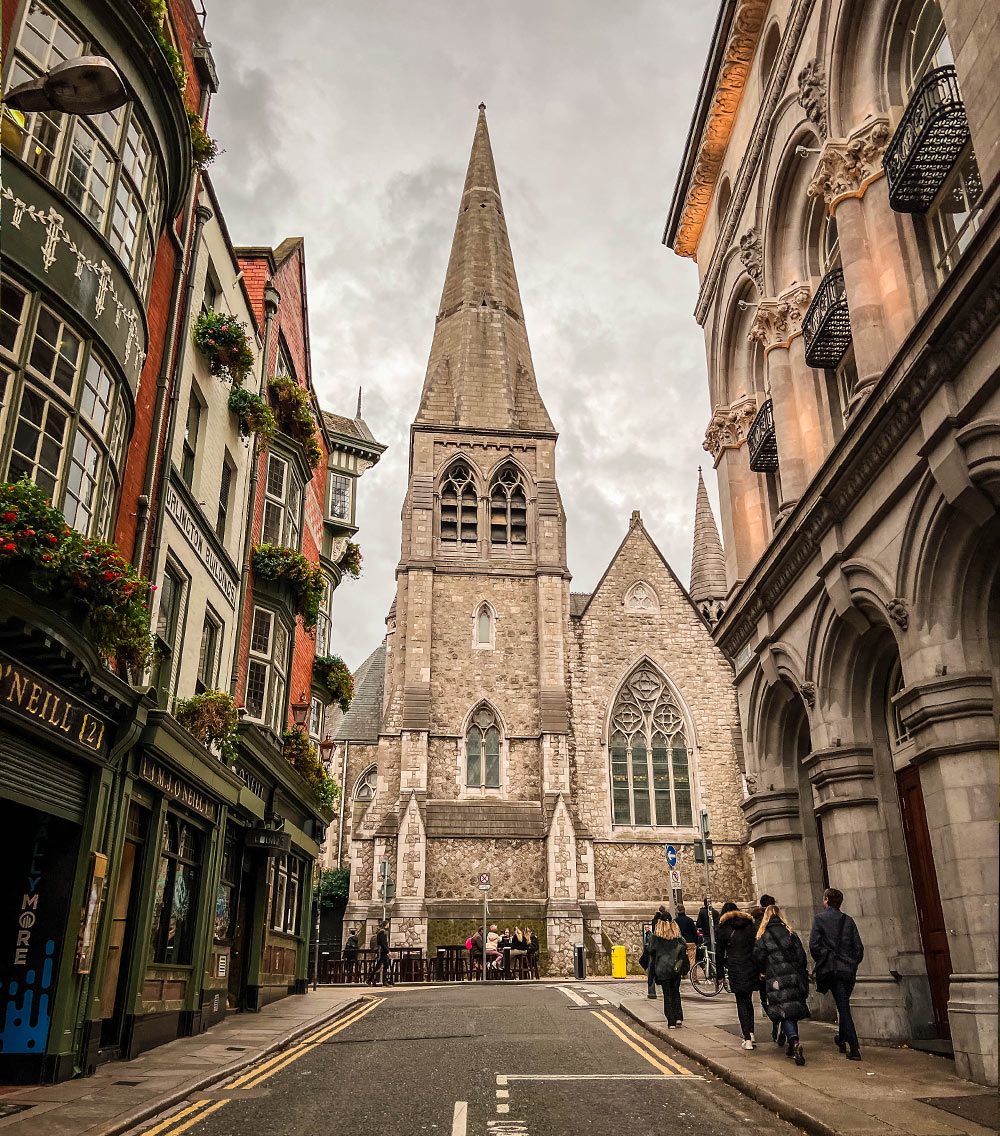

No Comments